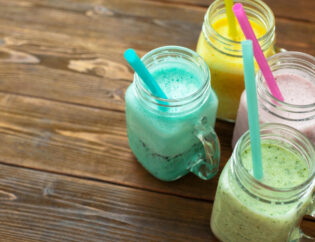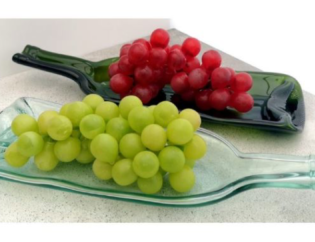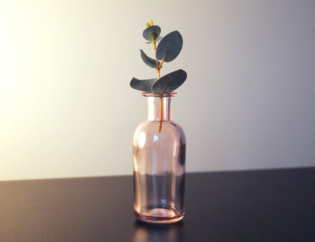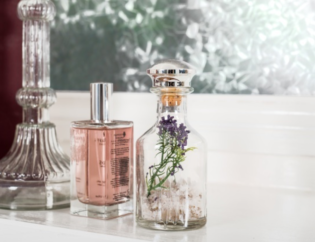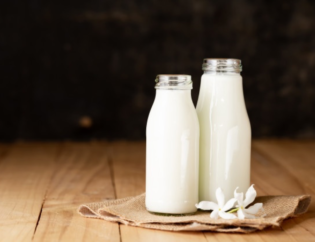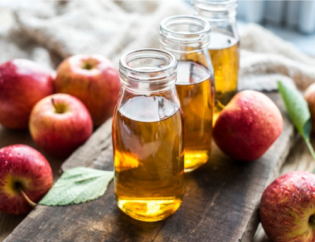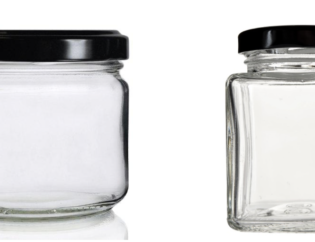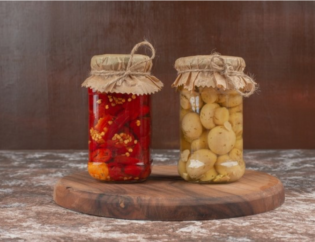
"Toughened" or "safety" or "tempered" or "force-resistant" glass is ordinary float glass, and this makes it six times more difficult to break. It is also highly likely that the glass will shatter into small, round, blob-like pieces due to the stress patterns that are already present in the glass. Ultimately, no one is harmed.
Toughened glass is manufactured in a variety of ways.
Glass is Toughened in two primary ways:
- Using heat and cold to temper glass
Ordinary glass is heated to a temperature of around 620°C for some time, followed by a quick cool down in the form of jet streams of cold air. Following this process, the glass experiences pressure on the outside but is allowed to "float" inside (creating tension inside). As thermal expansion increases and thermal conductivity decreases, the level of residual stresses will increase, and as a result, the glass will be stronger.
- Tempering Glass With Chemical Reactions
The potassium salt is used to raise the temperature of the glass so that it can be made into float glass. The dissolution of salt is a sign that ions have been formed. The potassium ions are now free to move into the surface of the glass, replacing the sodium ions. The outer shell is under compression, while the inner surface is undisturbed. The force required to break the glass has increased because of this (more than the compressive forces). Therefore, this method is aiming to increase the glass's strength by using chemical ion exchange.
Different types of toughened glass
Toughened glass can be divided into five distinct categories. People who embody these qualities are:
- Clear toughened glass
- Laminated toughened glass
- Reflective toughened glass
- Tinted toughened glass and
- Frosted toughened glass

Toughened glass has the following advantages:
Glass is good material.
- Toughened glass is about six times stronger than float glass, which is commonly used. Additionally, tempering does not impact the rest of the glass's properties. Since standard float glass transmits light just as well, additional strength is achieved
- Toughened glass can withstand substantial temperature fluctuations (up to 250°C) as opposed to floating glass, which is only able to withstand temperature differences up to 40°C
- After the glass has been tempered, it becomes difficult to break, even if it does so due to anything at all. When it does, it breaks into tiny, blunt, cuboid-shaped pieces that are unlikely to cause death.
- Resistant glass is highly resistant to shock from both electric and thermal elements.
- Frequent replacement is unnecessary because of its high durability. For this reason, the glass can be used for a highly long time.
Toughened glass has numerous applications
- Due to wind, snow, and thermal impact, standard glass is no longer used in many commercial applications. Furthermore, these bolts are commonly used in skyscrapers because of their ability to bear heavy loads with ease.
- They are frequently used in the windshield of high-speed sports cars, which operate at speeds over 250 miles per hour.
- Insulated glass can be used in various building components such as escalator panels, balustrades, handrails, skylight glazing, etc., if mixed with tinted or laminated glass.
- Nationally and internationally, significant locations use bulletproof glass to protect VIPs. Toughened glass is mixed with laminated glass, then poured into moulds to create bulletproof glass.


